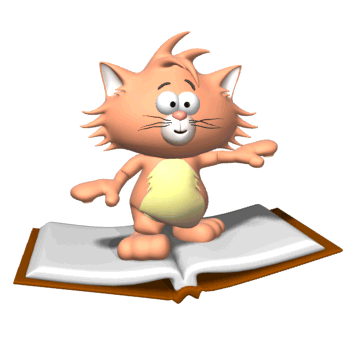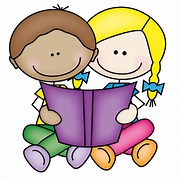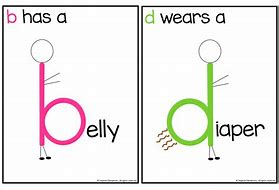-

CHOOSING BOOKS AT THE “RIGHT READING LEVEL”
-
Help your child choose a book that they think that they will enjoy.
-
Read the second page.
-
Hold up a finger for each word they are not sure of, or do not know.
-
If there are five or more words they did not know then you should help your child choose an easier book or read the book with your child.

STAGES of READING DEVELOPMENT
STAGE 1: THE EMERGENT PRE-READER (TYPICALLY BETWEEN 6 MONTHS TO 6 YEARS OLD)
Children sample and learn from a full range of multiple sounds, words, concepts, images, stories, exposure to print, literacy materials, and just plain talk during the first five years of life. Children should have a wide exposure to nursery rhymes and music to help them build phonemic awareness.
STAGE 2: THE NOVICE READER (TYPICALLY BETWEEN 6 TO 8 YEARS OLD)
Children are learning the relationships between letters and sounds and amongst printed and spoken words. The child begins to read stories with high-frequency words and phonically regular words and uses emerging skills and insights to “sound out” new one-syllable words.
STAGE 3: THE DECODING READER (TYPICALLY BETWEEN 7 – 10 YEARS OLD)
Children are beginning to read familiar stories and text with increasing fluency. This is accomplished by consolidating the foundational decoding elements, sight vocabulary, and meaning in the reading of stories and selections that the child is already familiar with.
STAGE 4: THE FLUENT, COMPREHENDING READER (TYPICALLY BETWEEN 9 – 15 YEARS OLD)
Reading is used to acquire new ideas to gain new knowledge, to experience new feelings, to acquire new attitudes, and to explore issues from multiple perspectives. Reading includes the study of textbooks, reference works, trade books, newspapers, and magazines that contain new ideas and values, new vocabulary and syntax.
STAGE 5: THE EXPERT READER (TYPICALLY FROM 16 YEARS AND OLDER)
The learner is reading from a wide range of advanced materials, both expository and narrative, with multiple viewpoints. Learners are reading broadly across disciplines, including the physical, biological and social sciences as well as the humanities, politics and current affairs.
Letter Reversals

There is a common misconception that letter reversals indicate dyslexia, or vice versa. However, letter reversals are common for young writers, up through age 8. But, some children may take a little longer to develop. If a child is having difficulty, there are strategies that can be used to assist them, which include:
Normalize the experience: Kids are wise to be able to reverse a letter and reproduce it in a different direction! Use this, and encourage the child to form it in other variations away from “correct.” This will take away the fear of failure or being “wrong” and “bad,” but also encourage them to visualize the correctly formed letter as they write it incorrectly. Some variations to consider:
- Write bad letters
- Write letters backwards, sideways, upside down
- Write really big and really small letters, with sizes in between
- Write letters outside of, on top of, and below lines
- Write letters on top of, on the side of, and half way inside of boxes
- Incorporate all sorts of variations, working your way towards correctly formed letters that are oriented accurately and sized appropriately
Use multi-sensory instruction: The ventral and dorsal visual pathways are important for recognizing the identity of letters/numbers/words and their location in space. Emphasizing motor gestures may help these two pathways coordinate. Using visual, auditory, and kinesthetic sensory channels at the same time can help reinforce proper letter formation and solidify neural networks into “muscle memory.”- Write over sand paper for extra proprioceptive and tactile feedback
- Draw letters and numbers in the air
- Draw letters and numbers on the child's back, and have them draw them on your back
- Form letters with play doh, clay, or Wikki Stix
- Write letters and numbers in shaving cream, sand, or finger paint
- Use chalk and crayons instead of whiteboards and dry erase markers for increased resistance (therefore more feedback)
Decode and encode: help your child read the letter, then write the letter- Read the letter/number: create a double-sided card with a huge letter on one side, and a reversed version on the other side. Show the card to the child, and ask him/her to determine whether he/she sees that letter or a reversed letter.
- Write the letters: the child looks at a written letter and identifies the pencil strokes used to write the letters (i.e. for a lowercase "b", starting corner, big line down, travel up half way, little curve). The child then covers up the letter and writes it from memory. He/she can vocalize the directions as necessary. The child then uncovers the target letter and determines if his/her letter looks the same or different.
Compensatory strategies: write "stories" about commonly reversed letters- b + d: make two fists with thumbs up. Put the knuckles together, and imagine it as a bed. The left hand creates the "b" and the right hand the "d" of "bed."
- p + g: from the position above, flip the thumbs down. You now put a "pig" under the "bed." The left hand creating a "p" and the left a "g."
- p + q: also in the "pig" position, "p" (on the left) comes before "q" (on the right) in the alphabet
-

